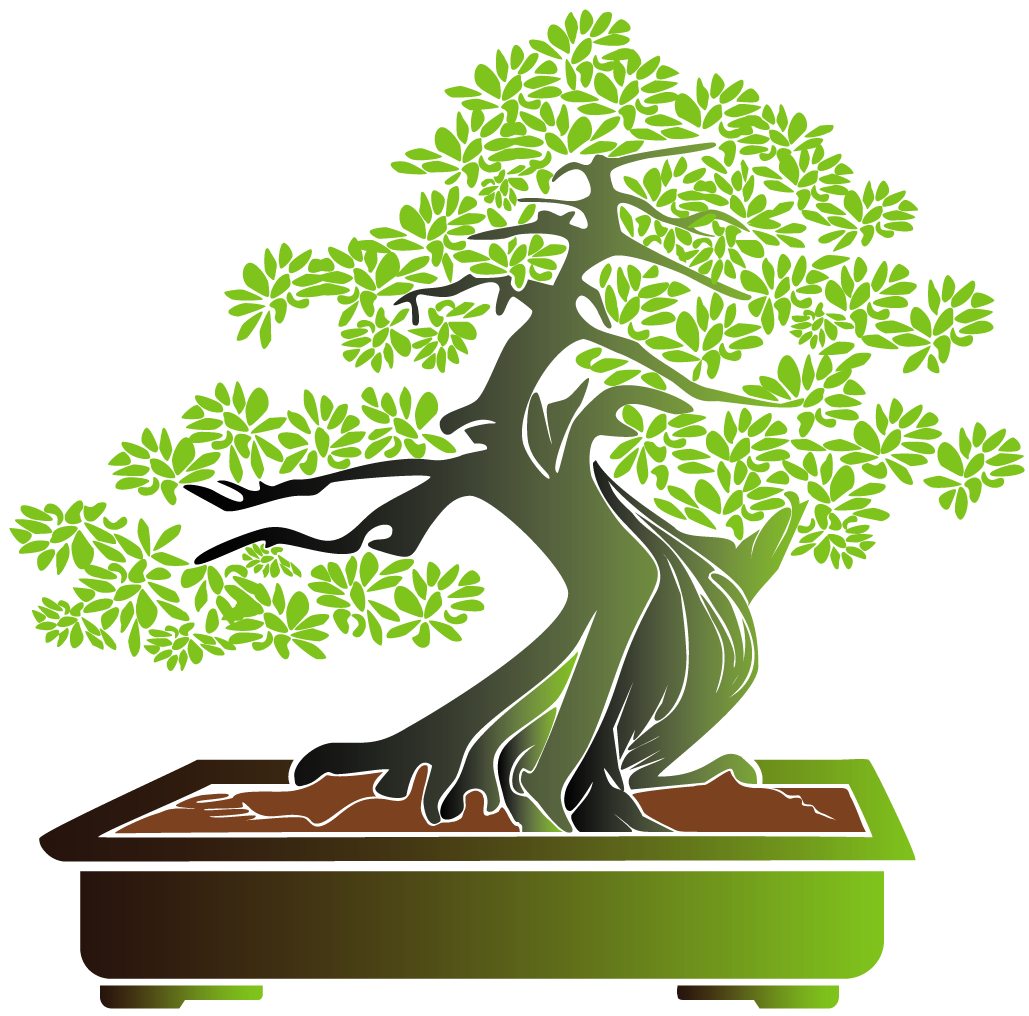
All About Bonsai – How to Begin Growing Bonsai Trees
Bonsai is an original Japanese version of the classic Chinese art of carving or plant growing in miniature trees. Unlike most openings, which uses ancient traditional methods to create natural scenery in small containers that mimic actual foliage, bonsai uses cutting edge traditional techniques of cultivating and training young trees to grow into large specimens. Bonsai can either be the creation of a tree from a single seedling or the creation of a tree out of a variety of roots. The art of bonsai has been passed down throughout Japan for centuries and is sometimes referred to as the art of the Minamoto, as it was practiced by the samurai warriors.
Bonsai trees are usually chosen for their miniature nature as well as their miniature size. They are generally chosen because they do not grow too fast, or too slowly, allowing the hobbyist more time to enjoy them. There are several types of bonsai trees. There are those that are potted, such as some Chinese elm species, miniaturized trees, some ornamental grasses, and even some fruit trees such as apples and pears. These choices allow for bonsai enthusiasts to find trees that fit their lifestyle and tastes, and that will keep their plants alive for many years.
The container used to cultivate bonsai trees should be sturdy, made of strong wood, such as oak, maple, birch, plum, cherry, or teak. Bonsai soil mixes should have plenty of nitrogen, and not contain fertilizers or herbicides. It is important that the soil mix is not acidic, as this can cause decay of the roots. When the soil is watered, make sure to only saturate the surface of the container, and not drown the roots. Do not over water, or the roots will rot.
Bonsai are usually small trees, but some conifers may also be considered bonsai, depending on their specific needs. Larger leafier trees are unsuitable for growing bonsai, such as the Chinese elm, crabapple tree, hibiscus, or tamarind. These larger plants can be grown in traditional containers, with the extra space used to accommodate the root system and the natural wisteria or other foliage height needed to achieve the desired shape.
There are several styles of growing bonsai, all of which are cultivated for the beauty of the specimens, rather than for other reasons. Some are used for decoration outside of the home, like a miniature version of a Koi fish pond. Some are grown simply for the beauty of the specimen itself, such as a majestic tree in a container garden. One type of bonsai is especially suited to a sunny climate, so it is an excellent choice for the Japanese garden.
Another consideration when selecting a Bonsai plant is whether or not to use Bonsai soil or rock salt. Both are used to treat Bonsai soil, along with fertilizer. If using Bonsai soil, never combine it with rock salt. The acid in rock salt will damage the roots. Another popular plant is the maple bonsai, which grows well in southern climates. It is not recommended for northern climates, since the foliage is quite cold-resistant.
Growing a small tree in a container is much easier than you might think. You can purchase Bonsai starter kits that contain everything you need to get started. Once you’ve selected the type of plant you want to grow, you just add water and let your Bonsai grow in its own natural habitat, cared for by you. Bonsai are very easy to take care of, especially compared to traditional indoor gardening. With patience and dedication, your Bonsai can grow into a beautiful specimen that you can enjoy for years to come.
You can purchase Bonsai pots from any local nursery or retailer. Be sure to check the pots out for signs of rot or insects. If you’re growing your Bonsai from seed, keep in mind that it may take up to three years before the plant’s roots completely absorb the soil. Keep in mind that Bonsai don’t need constant exposure to sunlight, since they’re naturally shade tolerant.
